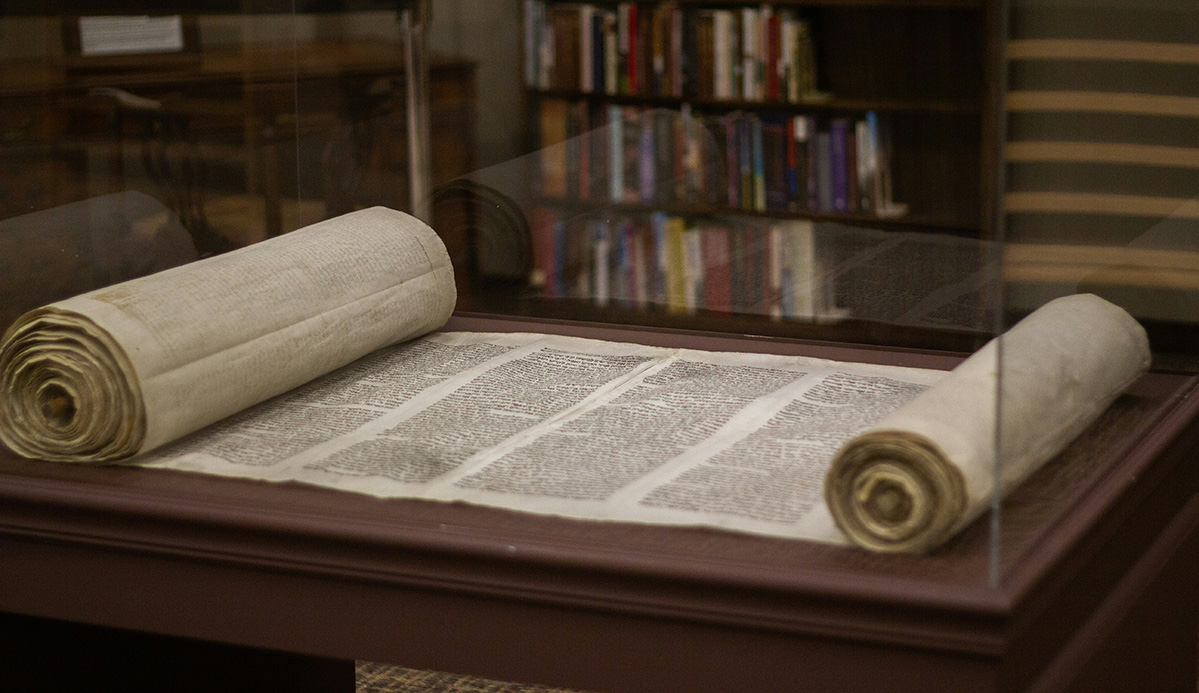The word "originals" below is a controversial translation of the Greek word behind the word "authentic." If it doesn't mean the originals, it would at least mean careful copies of the originals.
The originals (or “careful copies of the Apostles originals” ) were appealed to if there was doubt in the 1st and 2nd centuries of the text of the NT:
Here is a quote from the Church Father Tertullian, who lived from 160 to 220.
“Come now, you who would indulge a better curiosity, if you would apply it to the business of your salvation, run over to the apostolic churches, in which the very thrones of the apostles are still preeminent in their places, in which their own authentic writings are read, uttering the voice and representing the face of each of them severally.”
Here Tertullian advises believers that if they had any questions about the text, to go to the churches that have the authentic writings of the Apostles. So this is about AD 200. Note that the originals or careful copies were still very much being checked. It also shows how Satan and his cohorts could not reek havoc on the text. If some unbelievers tried to destroy the deity of Christ by changing the text, the originals or careful copies were available to demonstrate that such attempts were not going to be successful. These authentic writings were around for at least 150 years. While hundreds of copies were being made, the authentic writings could be consulted to make sure the copies were accurate.
The originals (or “careful copies of the Apostles originals” ) were appealed to if there was doubt in the 1st and 2nd centuries of the text of the NT:
Here is a quote from the Church Father Tertullian, who lived from 160 to 220.
“Come now, you who would indulge a better curiosity, if you would apply it to the business of your salvation, run over to the apostolic churches, in which the very thrones of the apostles are still preeminent in their places, in which their own authentic writings are read, uttering the voice and representing the face of each of them severally.”
Here Tertullian advises believers that if they had any questions about the text, to go to the churches that have the authentic writings of the Apostles. So this is about AD 200. Note that the originals or careful copies were still very much being checked. It also shows how Satan and his cohorts could not reek havoc on the text. If some unbelievers tried to destroy the deity of Christ by changing the text, the originals or careful copies were available to demonstrate that such attempts were not going to be successful. These authentic writings were around for at least 150 years. While hundreds of copies were being made, the authentic writings could be consulted to make sure the copies were accurate.







